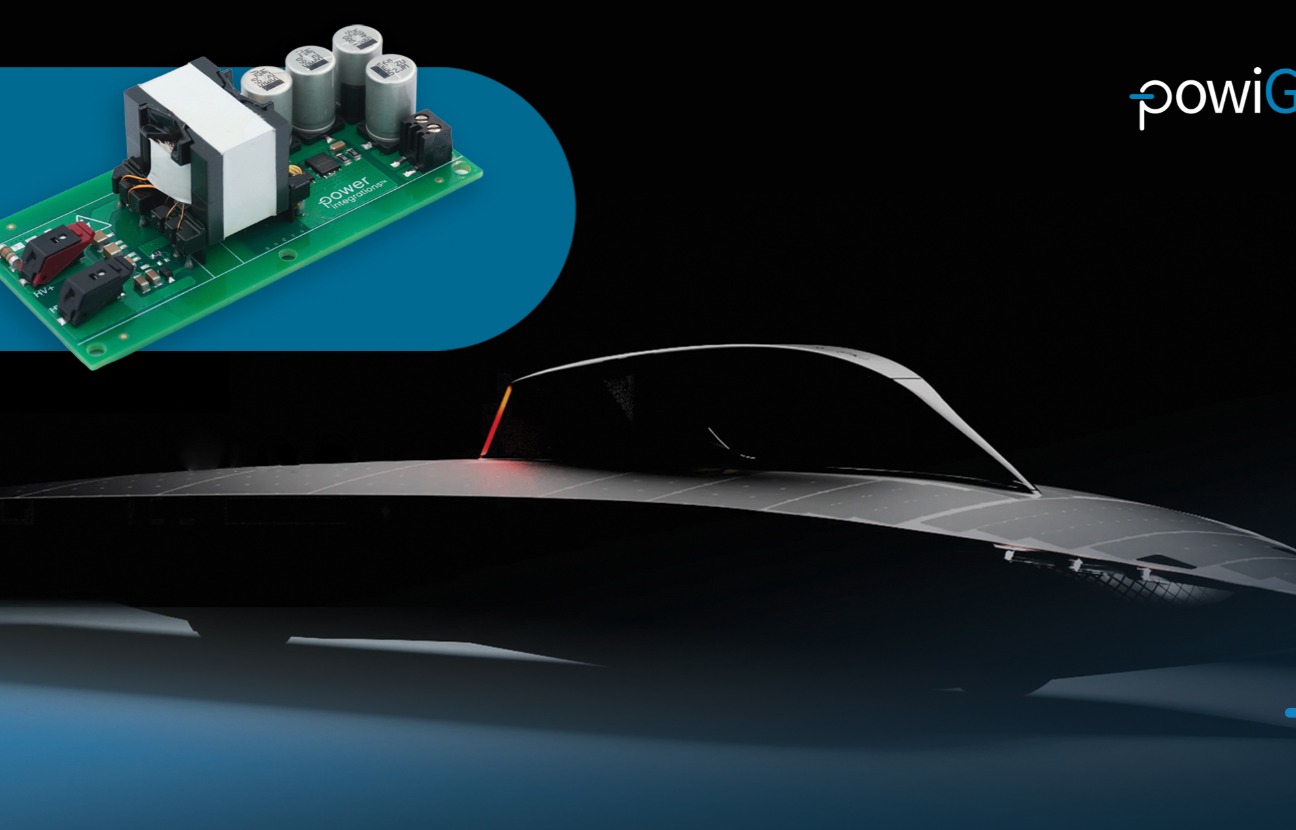Power Integrations Supercharges Solar Race Teams with New Kit—Just in Time for the Outback Sprint

The engines of creativity are revving across the globe—literally—because Power Integrations has just dropped a brand-new reference design kit (RDK‑85SLR) tailored for solar-powered race cars. And the timing couldn’t be better: 37 student teams (maybe even yours?) are set to launch their sun-powered marvels on August 24 in the Bridgestone World Solar Challenge, racing 3,022 kilometers across the Australian Outback.
What’s in the Box?
At its core, the RDK-85SLR builds a 46-watt power supply, with bursts up to 80 watts—perfect as an auxiliary system for telemetry or control systems aboard solar racers. And it’s not just functional—it’s smart:
- Uses the InnoSwitch3-AQ flyback IC with PowiGaN™ Gallium Nitride (GaN) switching, delivering an eye‑popping 95% efficiency at both light and full load.
- No heatsink required—this means your car stays lighter, your system stays compact, and you avoid the bulk that kills aerodynamics.
- Comes with everything you need: sample supply, four InnoSwitch3‑AQ chips, an unpopulated PCB, schematics, BOM, PCB layout guide, performance data—and live technical support via PowerPros.
Student teams can snag the kit for free, just by registering online. (Worth noting: official price is $50, so consider it a serious value-add for your project.)
From ETH Zurich to the Outback
This isn’t vaporware nor speculative: the kit is based on a project built and tested by ETH Zurich’s aCentauri team on their #85 “Silvretta” solar car. They proved the design’s reliability in the 2023 World Solar Challenge—landing that 95% efficiency number and impressing scrutineers by running without a heatsink.
As Andy Smith, Director of Technical Outreach at Power Integrations, puts it:
“We are providing this reference kit to help young engineers take advantage of the latest, most energy‑efficient technologies, such as PowiGaN”
This is more than a plug‑and‑play gizmo—it’s a deliberate nudge to the solar‑racing community to think lighter, cooler, and more efficient.
Why This Matters for Your Team
Imagine you're on Team Twente—or any solar challenger preparing for the 3,022 km trek from Darwin to Adelaide. That auxiliary system that manages telemetry, system monitoring, instrumentation, or communications suddenly becomes lighter, more efficient, and easier to package. A heatsink-free design that still sips under 5 W for light loads? That’s aerodynamic gains and lower total vehicle mass—critical in races where every gram and watt counts.
In a competition where teams like Twente are engineering solar racers built to break records and push the envelope, having access to a high‑efficiency, low‑bulk reference kit is tactical gold. Plus, it’s free for registered teams—helping stretch tight student budgets while delivering top-tier performance.
The Bigger Picture: Innovation in Motion
The Bridgestone World Solar Challenge isn’t just a race—it’s a crucible. Thousands of design choices, engineering analysis, and material optimizations get tested under solar glare and Outback heat.
The RDK‑85SLR is another example of how industry-side tech, like GaN switchers, is migrating into student-led innovation. It’s a tangible bridge—from the lab, or the PCB fab, into actual race hardware that will brave wind, sun, dust, and the relentless Australian highway conditions.
For scientists, it’s an educational goldmine—GaN efficiency metrics under real-world use, integrated into race telemetry systems. For competitors, it’s a tool to shave off inefficiencies and add reliability without reinventing the power wheel.
ETH’s success with the kit gives real-world validation of PowiGaN’s performance advantages in solar cars, and with Power Integrations sponsoring the team and following them via their #PowiGaNVan, the improvements are openly celebrated and shared.
A Light Heart, a Sharper Edge
Solar-race engineering is intense. It’s long hours under CAD tools, wind-tunnel data, thermal simulations, coding MPPT systems, and obsessive weight trimming. The RDK‑85SLR doesn’t just power systems—it empowers student creativity and efficiency thinking. It lets you spend less time on glue—and more time on art-of-the-engineering.
How to Plug In (Literally)
- Head to Power Integrations' site and register to get the kit for free.
- Work with your electrical/systems team to adapt the RDK for your auxiliary needs—be it telemetry, comms, lighting, or sensors.
- Don’t forget to use the PowerPros support team—real‑time support beats forums during a race prep crunch.
- Share your results—Power Integrations and ETH aCentauri are following the journey via #PowiGaNVan on social channels. You too could inspire the broader community.
Final Lap Thoughts
For every competitor—from Team Twente to the rookie Belgian Cruiser teams—the RDK‑85SLR represents a slice of industry-grade innovation, packaged for students, and built for the race. It’s lightweight, efficient, and free.
Now that’s how you race smarter, not just harder.